Report this entry
More from the same community-collection
50th Anniversary of NCAA Men's Basketball Championship - 2016
50th Anniversary of NCAA Men's Basketball Championship Fifty ...
50th Anniversary of NCAA Men's Basketball Championship - 2016
Fifty years ago, a small school in West Texas quietly climbed ...
50th Anniversary of NCAA Men's Basketball Championship - 2016
50th Anniversary of NCAA Men's Basketball Championship
50th Anniversary of NCAA Men's Basketball Championship - 2016
50th Anniversary of NCAA Men's Basketball Championship - 2016 - ...
50th Anniversary of NCAA Men's Basketball Championship - 2016
50th Anniversary of NCAA Men's Basketball Championship
50th Anniversary of NCAA Men's Basketball Championship - 2016
50th Anniversary of NCAA Men's Basketball Championship ...
Coach Mark Foots Wilson N H Dolphins Little Bowl Champions
Coach Mark (Foots) Wilson started his coaching career back in ...
2009-2010 N H Dolphins back to together 2016
North HIlls Dolphins Little Bowl team gather together to show ...
Alvin Jackson with Two Football legends
Standing with Steelers Super Bowl Kicker Roy Gerela and Foots ...
St Patrick School - Happy Valentine's Day
St Patrick School-- school kids in their El Paso Texas classroom ...
1966 NCAA Basketball Champions Celebration at Memorial Gym
Joe Gomez with 9 OF THE 12 MEMBERS OF THE CHAMPIONSHIP TEAM



















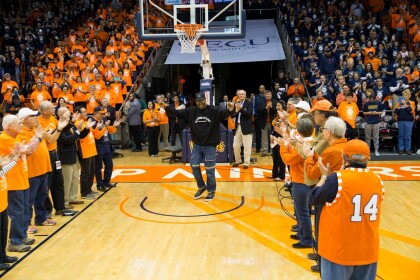

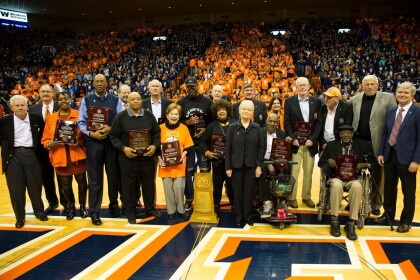
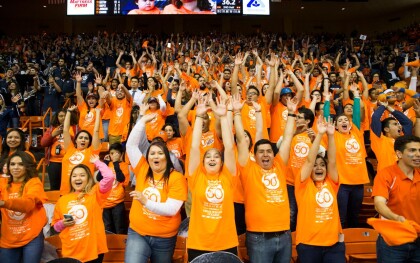

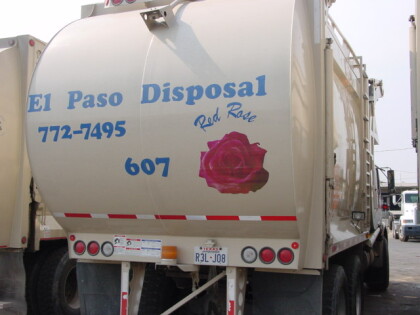



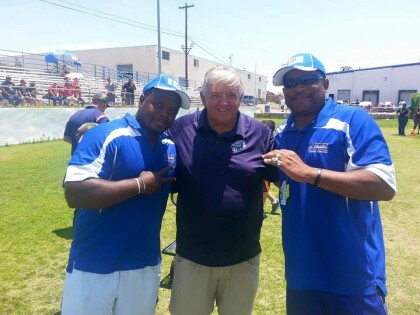


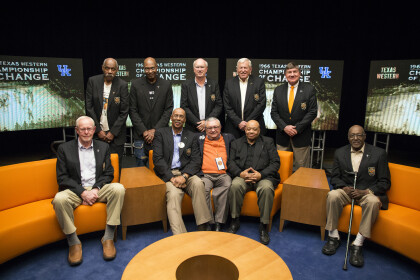


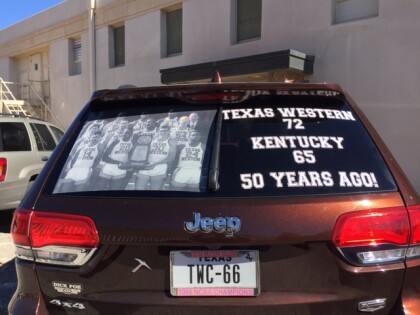
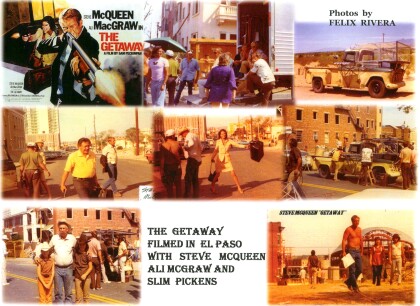
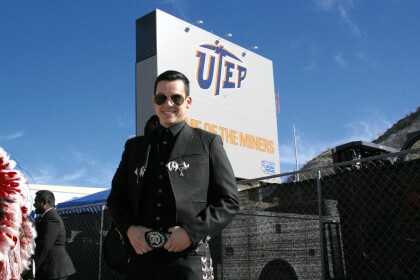
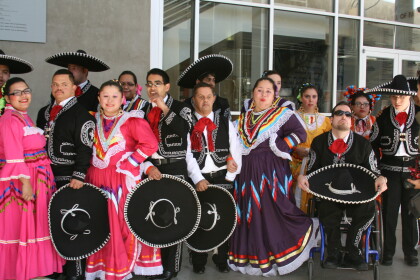
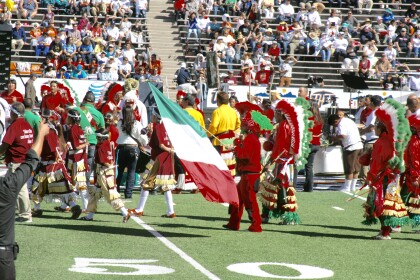
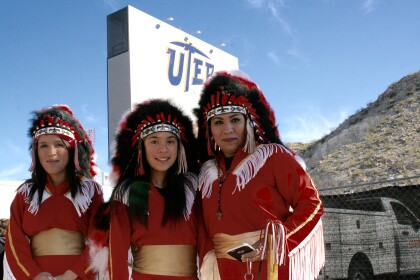
Comments
Add a comment